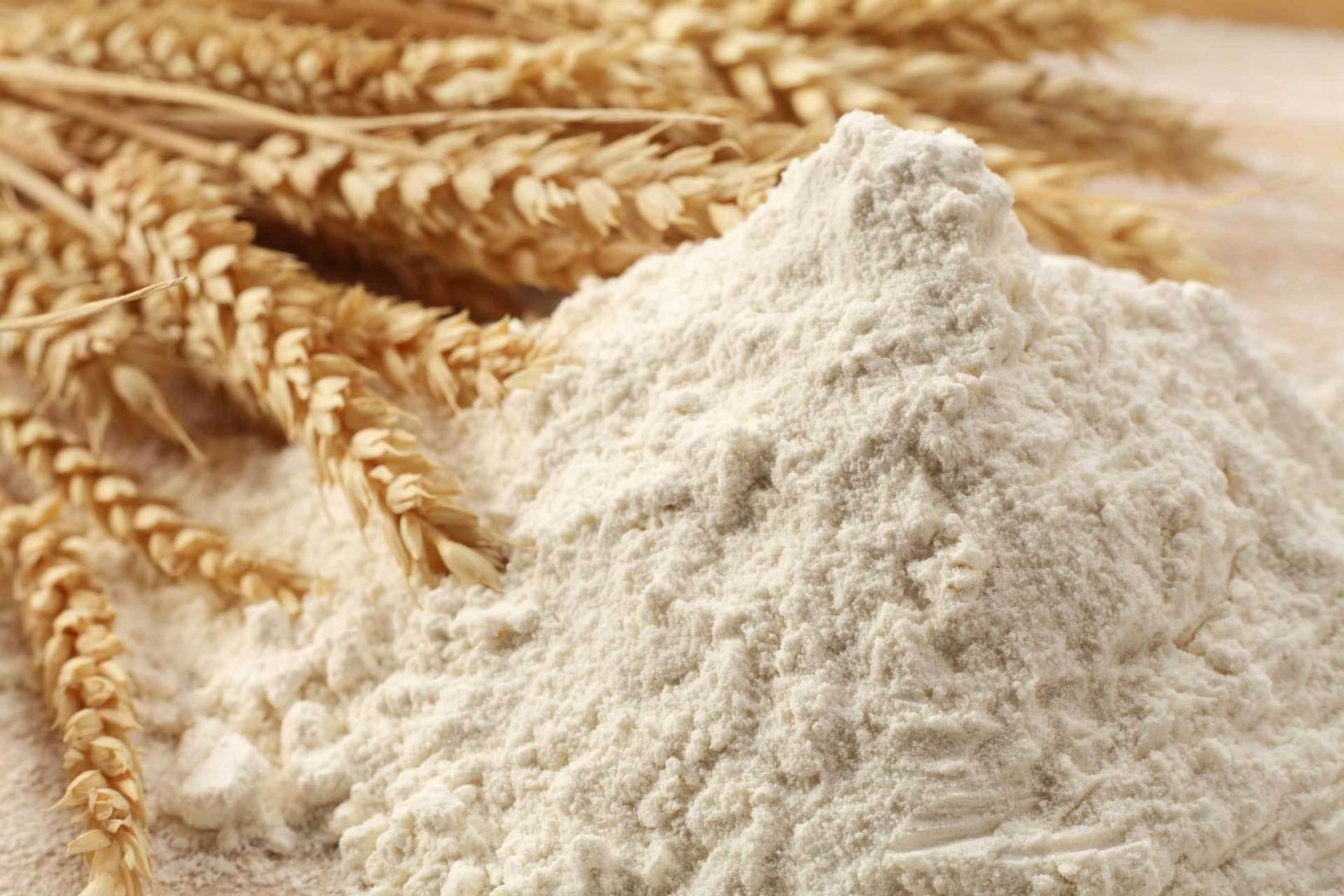Global market on verge of acute shortage of grain - flour prices rapidly increase

By Trend
Amid concerns about a shortage of supply, prices for wheat flour are rising on the global market, Trend reports.
In particular, preliminary forecasts of the Food and Agriculture Organization of the United Nations (FAO) show that in 2022-2023 volume of wheat worldwide will not be enough to meet the expected demand.
Among the factors that lead to an increase in flour prices are restrictions on the part of the world's main grain exporters - Russia and Kazakhstan. Russia imposed a temporary ban in March 2022 on grain exports to the countries of the Eurasian Economic Union (EAEU) until June 30, 2022. The monitoring of the Russian Grain Union showed that Russia exported 5.6 million tons of basic grain crops (wheat, barley and corn) for a month and a half of this year (beginning on July 1), which is 12 percent less than in the previous year.
Restrictions have been imposed on Kazakhstan on the export of wheat, flour and sunflower seed since July 8, 2022. It's forbidden to export more than 550,000 tons of wheat or meslin (a mixture of wheat and rye), more than 370,000 tons of wheat or wheat-rye flour and more than 15, 000 tons of seeds from the country. Quotas will be valid until September 30.
In addition, Ukraine, which is one of the world's most important grain producers, was also unable to provide supplies due to the blocking of ports. And only after the signing of the agreement in Istanbul with the mediation of the UN and Türkiye on July 22, exports resume. Given that Ukraine accounts for 10 percent of the world wheat market, 15 percent of corn and 13 percent of barley, the suspension of supplies from this country for such a long time could not but affect the grain market.
Another reason for the increase in flour prices is that the COVID-19 pandemic has raised concerns about food shortages in many countries, so several large countries are stockpiling such essential products.
All these events, in addition to an unprecedented drought in the world, lead to an increase in flour prices both at the wholesale and retail levels. It should also be emphasized that along with disruptions in the supply chain, increased transportation costs and delivery times also affect prices.
The following link shows the prices of flour in various countries of the world: https://www.globalproductprices.com/rankings/flour_prices/
Grain prices are determined by the market and all the previously mentioned factors, the shortage of these essential products makes further increases in price inevitable.
The ongoing unfavorable geopolitical situation in the world will sooner or later lead to a rise in the price of flour in Azerbaijan, where the self-sufficiency rate of grain amounts to 62 percent as of January 2022.
According to the latest data from the Azerbaijani State Statistics Committee, wheat imports to Azerbaijan amounted to 400,748 tons from January through June 2022, which is 0.5 percent less compared to the same period in 2021. The total value of wheat imported into the country amounted to $142.9 million (an increase of 39.7 percent).
Nevertheless, in Azerbaijan's case, the increase in grain prices seems to be a temporary phenomenon, as the country is actively working to reduce dependence on wheat imports. In order to significantly increase the production of milling wheat, a special program has been developed in the country, and new types of subsidies are applied.
President of Azerbaijan Ilham Aliyev signed a decree on July 19, 2022 'On a number of measures to increase the level of self-sufficiency in milling wheat'. In accordance with the decree at the initial stage, as a pilot project for food grain produced by persons who assumed obligations to produce food wheat on farms using modern irrigation systems and handed it over to the State Reserves Agency of Azerbaijan and flour mills in line with the contract concluded with the Ministry of Agriculture, starting from 2023, a subsidy will be applied for a period of 5 years.
In addition, the state purchase price for milling wheat will be determined annually until August 1, 2022, and in subsequent years - annually until July 1, taking into account the production cost of milling wheat and the possible profit of the producer.
The liberated territories of Azerbaijan also have a huge potential in the field of grain production.
In particular, the Fuzuli, Aghdam and other districts of the liberated territories were among the advanced grain production areas and contributed to the formation of the grain fund. Given that wheat cultivation is carried out using new technology, it's possible to organize grain production with higher productivity in these areas.
Preliminary estimates show that after the restoration and reconstruction process, agricultural products worth 1 billion manat ($588 billion) can be grown in these territories at the initial stage, a significant part of which is expected to be cereals. From this point of view, the liberated territories of Azerbaijan will have a special share in meeting the need for bread. This will reduce dependence on imports and at the same time minimize the impact of price changes on the global market. It is expected that more than 85 percent of the grain demand will be met by local production.
---
Follow us on Twitter @AzerNewsAz
Here we are to serve you with news right now. It does not cost much, but worth your attention.
Choose to support open, independent, quality journalism and subscribe on a monthly basis.
By subscribing to our online newspaper, you can have full digital access to all news, analysis, and much more.
You can also follow AzerNEWS on Twitter @AzerNewsAz or Facebook @AzerNewsNewspaper
Thank you!
